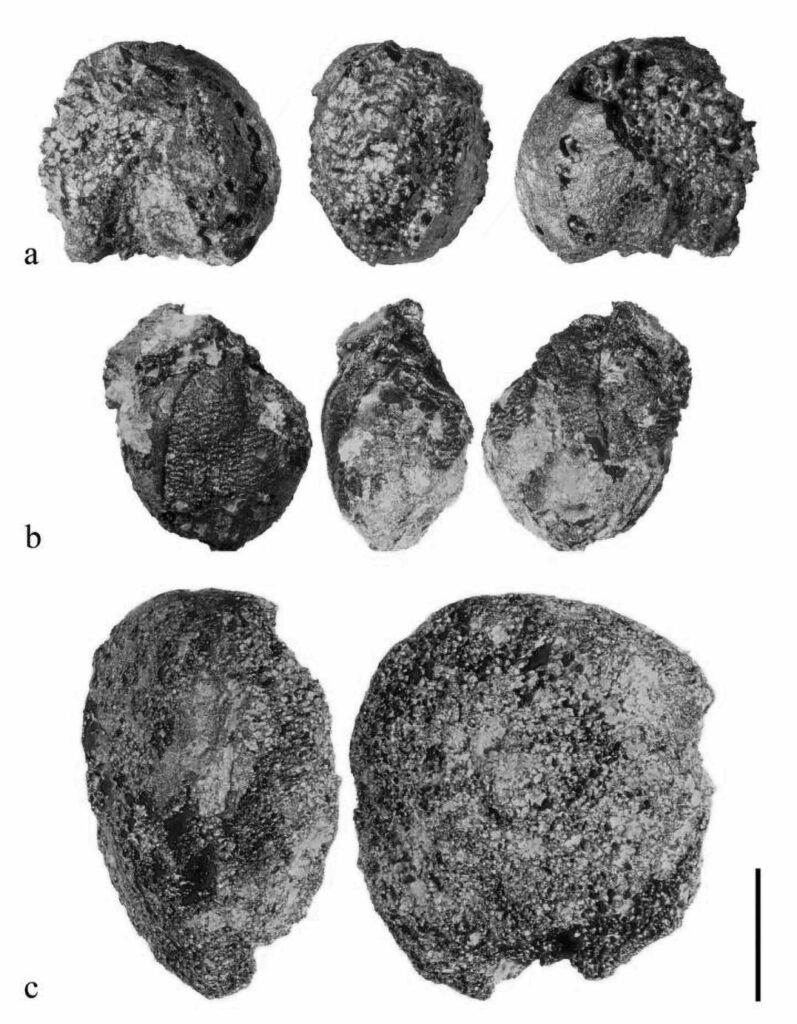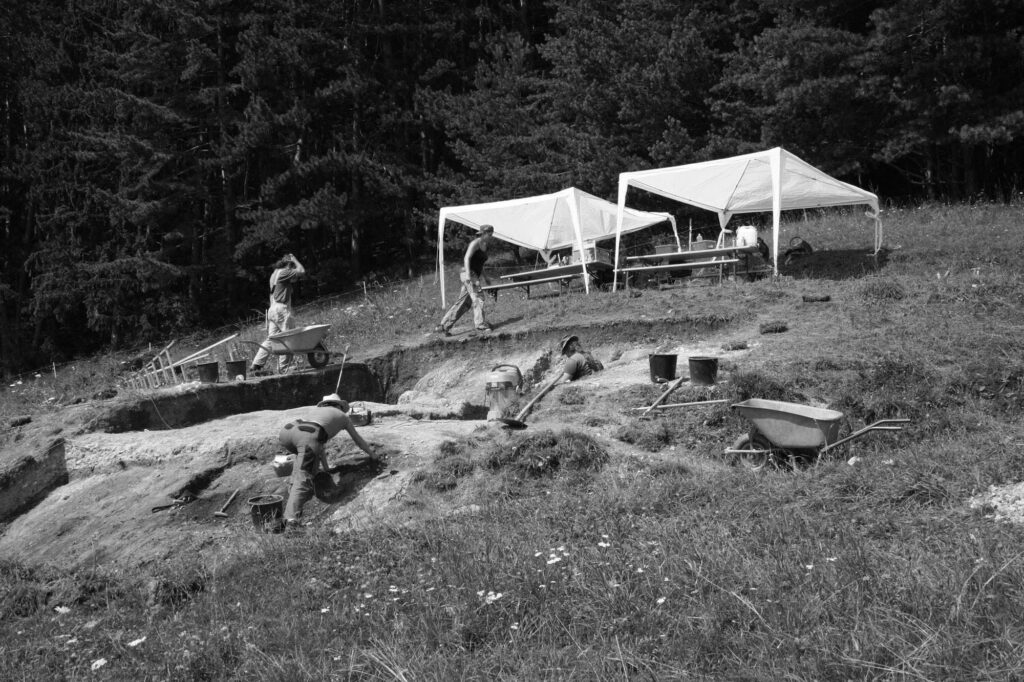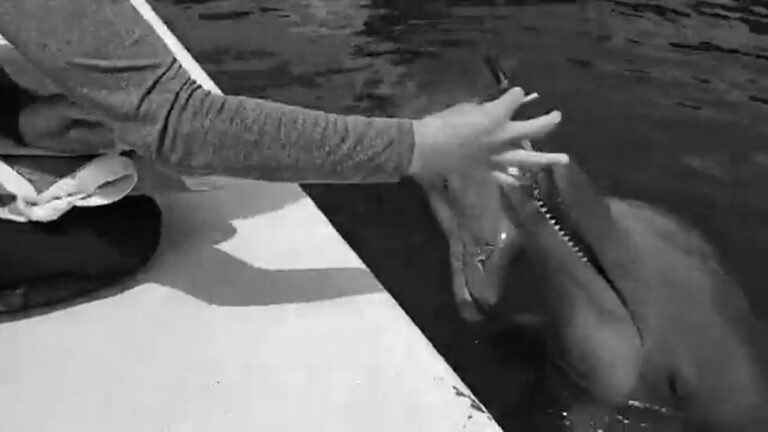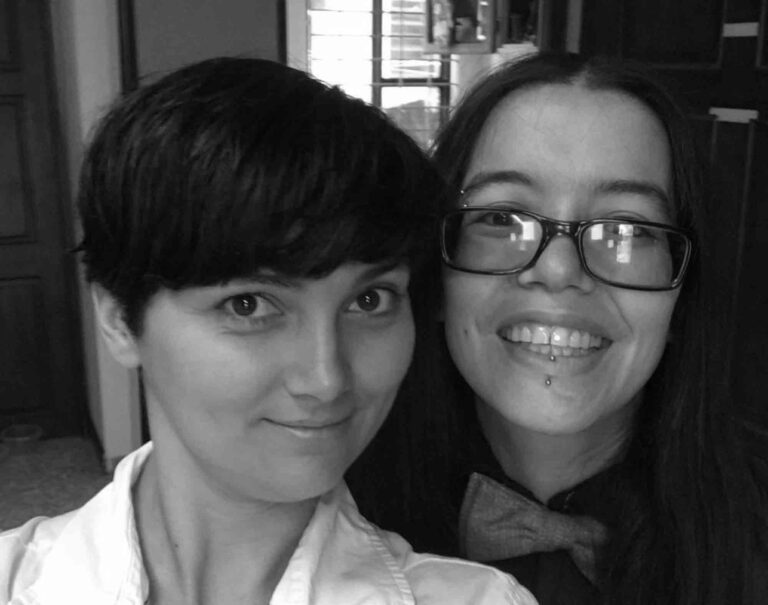Austrian researchers have revealed that Bronze-Age miners used to bring cooked lunches to their workplace.
The study looked into the dietary habits of workers in the Late Bronze Age in the Austrian state of Lower Austria, and was led by Dr Andreas Heiss of the Austrian Academy of Sciences.
Heiss and his associates found charred remains of millet, cereal grains and lentils which they obtained from Prigglitz-Gasteil in the Eastern Alps, a copper mine that was active between 1,100 and 900 BC, during the Late Bronze Age.
While not quite Cornish pasties, the research team did identify a number of cereal plant remains with signs of various forms of processing, such as grinding and dehulling.

However, there was no evidence of this kind of preparation being done at the mine, which suggests the cereal was processed and possibly cooked off-site before being brought to the mine.
Heiss said: “All the early stages of processing were missing and this is usually a good indicator for a consumer habit that people did not produce it themselves, but received food that was already pre-processed.”
It is still unclear where the delivered foods were originally processed, although researchers suspect nearby farmlands or possibly more distant sources.
As liquids were not preserved, researchers cannot precisely determine which dishes were part of the miners’ diet.
Previous research showed that these miners had pork delivered to them, but the newest findings suggest that plant-based foods were a major part of their diet too.

The researchers hope that further studies will help them piece together how essential supplies were provided at this site.
He said: “Food is an artefact just like an axe, a jug or a table. By including such culinary artefacts into ‘classical’ archaeobotany, this study provides not only further evidence on the consumption patterns in Bronze Age mining, but also helps open the door to prehistoric cuisine a little bit further.”
The research was published in the open-access journal POLOS One.
As far back as the 16th century in the UK, Cornish pasties originated as takeaway lunches for tin miners, fishermen and farmers to take to work.
Housewives used to make one for each family member and mark their initials on one end of the pasty.
The miners carried their pasties to work in a tin bucket which they then heated by burning a candle underneath. The workers then threw away the thick pastry edges to avoid being poisoned from the muck on their fingers.
To find out more about the author, editor or agency that supplied this story – please click below.
Story By: Georgina Jadikovska, Sub-Editor: Joseph Golder, Agency: Newsflash
The Ananova page is created by and dedicated to professional, independent freelance journalists. It is a place for us to showcase our work. When our news is sold to our media partners, we will include the link here.




